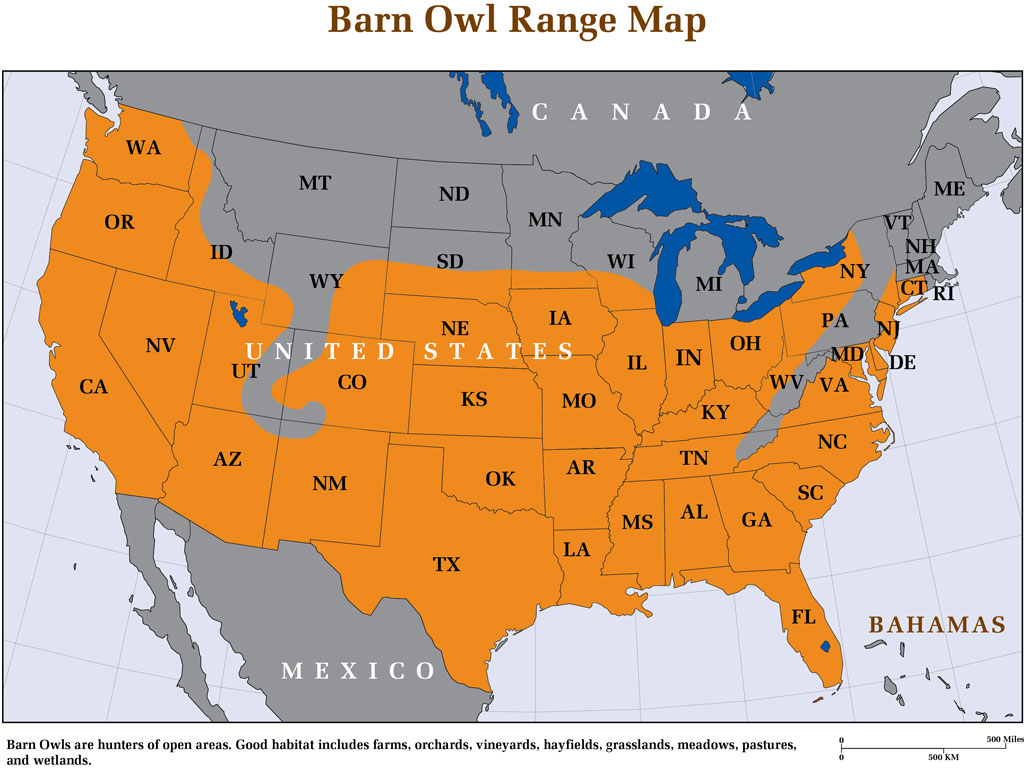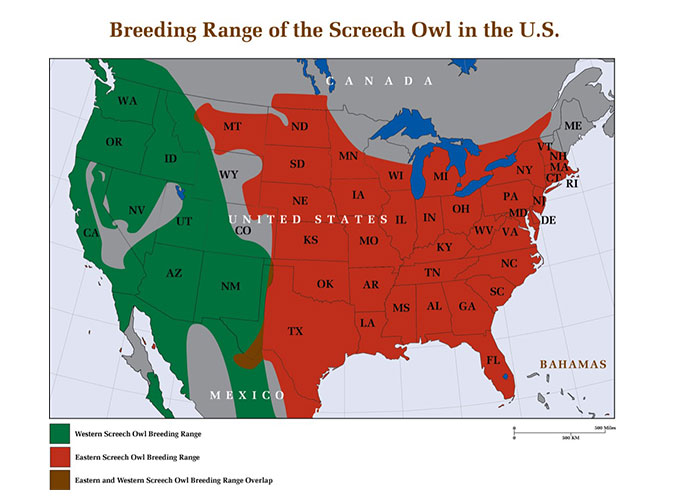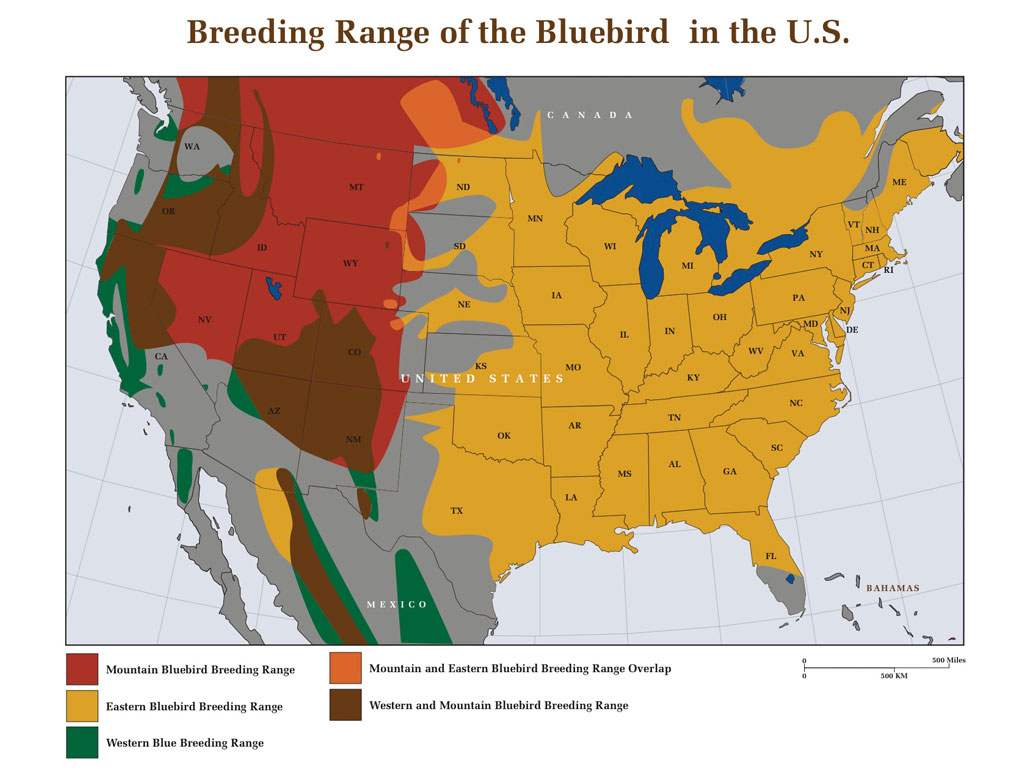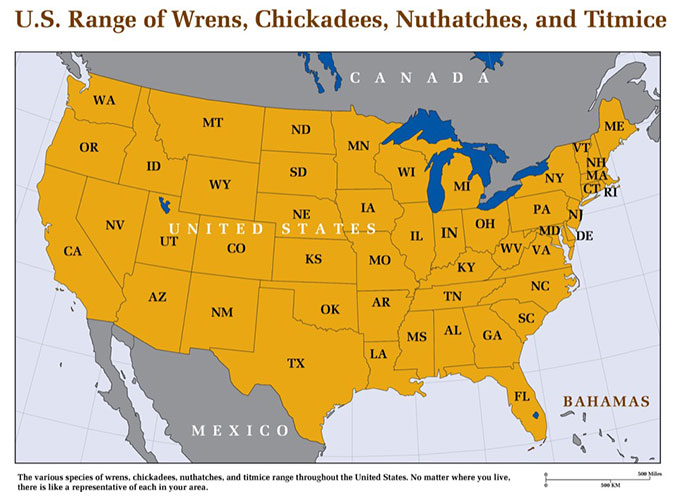Free Shipping to the Contiguous United States
Tennessee Barn Owls
Barn Owls in Tennessee
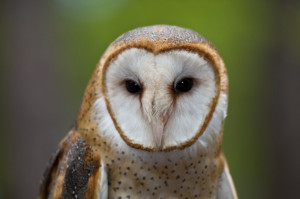
The western third of the state, with its low-country riverine and wetland systems, provides excellent habitat; and hay production in a wide band in the eastern third also produces good numbers. The middle of the state, though high in hay production, does not receive as many reports of barn owls as the east. This may be due to changing farming practices in which the land is cleared and farmed more extensively. The mountainous areas of the far eastern sections hold lower numbers as well. Yet, barn owls are likely present in every county.
In the absence of any in-depth studies of the barn owl in Tennessee, and with some decline in hay production along with an increase in development, the barn owl has been designated as a species in need of management.
Wildlife rehabilitators report that most of their orphaned owls come from tree nests, but barns and silos still play a big part in providing nesting sites for these large cavity nesters. The barn owl eats mainly voles (meadow mice), deer mice, and shrews in Tennessee. Nesting season begins as early as late March and extends through July. Three to seven eggs are laid normally.
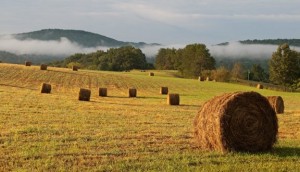
Randy Whitworth, a wildlife rehabilitator at Henry Horton State Park in Marshal County, tells an interesting barn owl story. Since he gets barred, screech, great horned, and barn owls in that order, he had always assumed that barn owls were scarce in his area. In response to a call about baby owls, he went out to rescue six young barn owls that had emerged from a split oak, drove them ten miles back to his house, and placed them in a cage on his porch. Looking out the window later, his wife said she thought the barn owls were out of the cage. He went out to find four adult barn owls flying down to view the babies. That indicated to him that there were more around than he thought.

Tennessee biologists encourage residents to erect barn owl nest boxes. Any county in Tennessee would be suitable. Anyone who does install a nest box and gets barn owls should alert their local DNR office.

